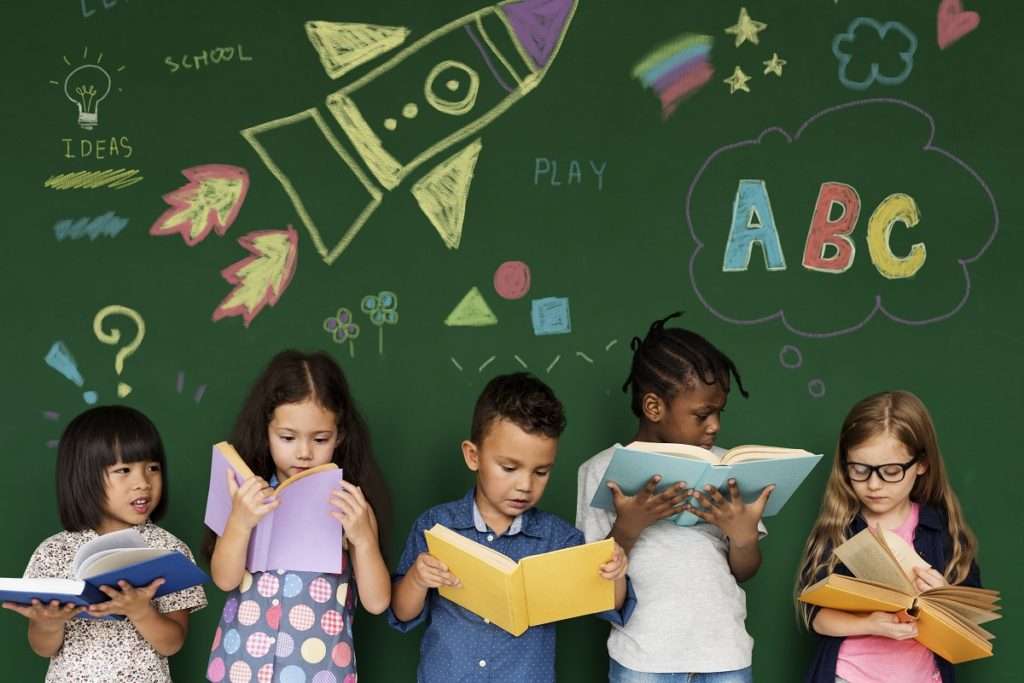In recent years, we’ve witnessed significant shifts in how children engage with reading. The landscape of literacy has transformed, influenced by technological advances, cultural changes, and educational strategies.
This blog delves into the latest trends in children’s reading habits, highlighting the challenges and opportunities that lie ahead.
The Current State of Reading Enjoyment
Reading for pleasure is a critical component of child development, fostering imagination, empathy, and critical thinking skills. However, recent studies indicate a troubling decline in reading enjoyment among young people.
According to a 2023 report by the National Literacy Trust, only about 43.4% of children between the ages of 8 and 18 enjoy reading (National Literacy Trust). This is the lowest level recorded since such data began to be tracked in 2005.
Digital Reading on the Rise
While traditional reading enjoyment may be waning, digital platforms are filling the gap.
The Renaissance 2024 study on “What Kids Are Reading” reports a significant increase in digital reading practices. This trend was notably accelerated by the COVID-19 pandemic, during which digital reading doubled compared to the previous year (Renaissance).
Digital tools and e-books are becoming increasingly integral to how children discover and engage with literature.
Frequency of Reading
Despite the importance of daily reading, fewer children are engaging with books on a regular basis. The same studies show that less than 30% of children read daily. This figure has remained stable over recent years but is down significantly from past decades (National Literacy Trust).
Unlocking the Magic of Kids Reading: A Comprehensive Guide
Daily reading is essential for developing strong literacy skills, yet the consistency of this habit has declined.
Socioeconomic Factors
The decline in reading enjoyment and frequency is not evenly distributed across all demographics. Children from lower socioeconomic backgrounds, particularly those who receive free school meals, are less likely to read daily compared to their peers (National Literacy Trust).
This disparity highlights the need for targeted interventions to ensure all children have equal opportunities to develop their reading skills.
Enhancing Reading Environments
Creating a supportive reading environment is crucial. Children who see their parents or caregivers engaged in reading are more likely to pick up books themselves.
Additionally, those who are encouraged to read by their families show higher levels of reading enjoyment (National Literacy Trust). Schools and parents need to work together to foster environments that encourage and celebrate reading.
Strategies for Encouragement
To combat the decline in reading enjoyment and frequency, several strategies can be implemented:
- Access to a Variety of Books: Providing children with access to a diverse array of books can help ignite their interest in reading. Libraries and schools play a crucial role in this regard.
- Integrating Technology: Utilizing digital platforms can make reading more engaging for children accustomed to electronic devices. E-books, interactive storytelling apps, and audiobooks are excellent resources.
- Regular Reading Routines: Encouraging parents to establish regular reading routines at home can significantly boost children’s reading habits. Even 15 minutes of daily reading can make a considerable difference in a child’s literacy development.
Looking Ahead
The shifts in children’s reading habits call for a proactive approach to literacy education. Stakeholders including educators, parents, and policymakers must collaborate to address these changes effectively.
Investing in libraries, expanding access to digital reading resources, and creating inclusive and engaging reading programs can help reverse the current trends.
As we navigate these shifts, the ultimate goal remains clear: to inspire and nurture a love of reading in every child. By understanding and adapting to the changing landscape of literacy, we can ensure that all children have the skills and motivation they need to succeed in an increasingly complex world.
Conclusion
The journey toward improving children’s reading habits is ongoing and requires commitment from all sectors of society. By fostering environments that celebrate and promote reading, we can help cultivate the next generation of thoughtful, informed, and empathetic individuals.
In understanding these insights and working towards integrating effective strategies, we can hope to see an improvement in reading statistics in future reports. Let’s come together to reignite a passion for reading among our young learners.


